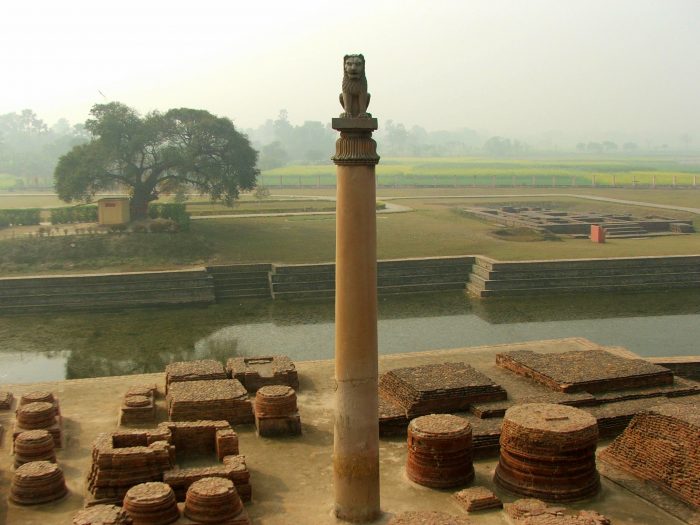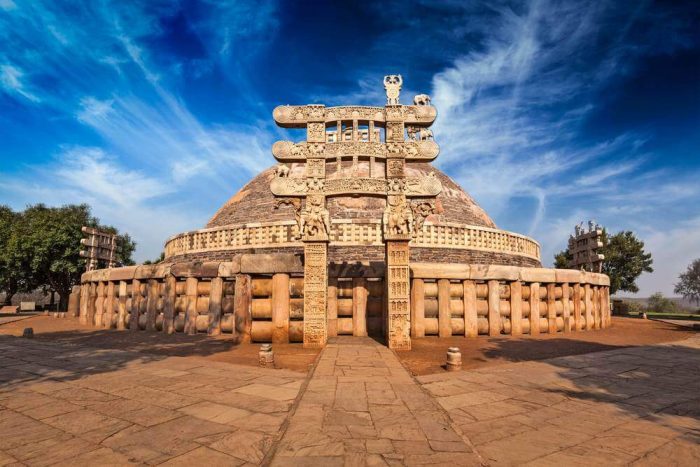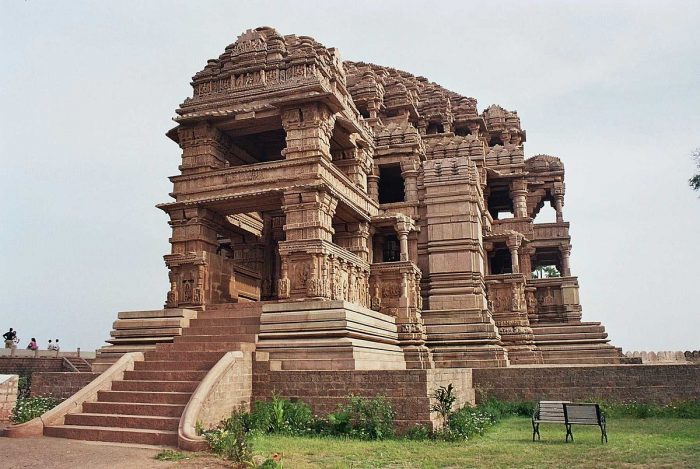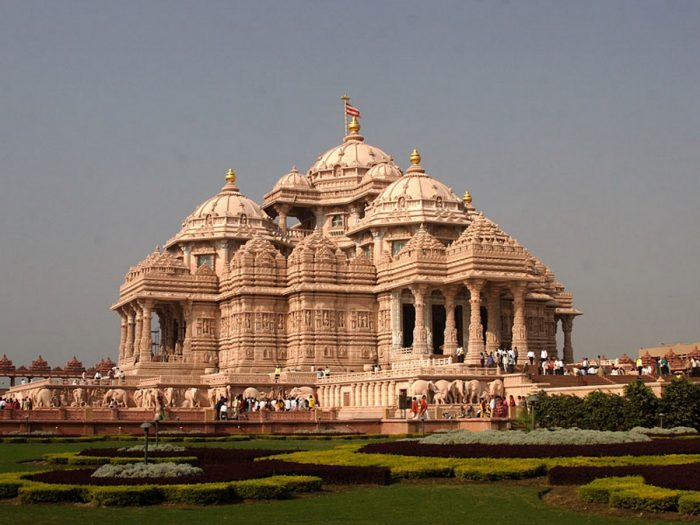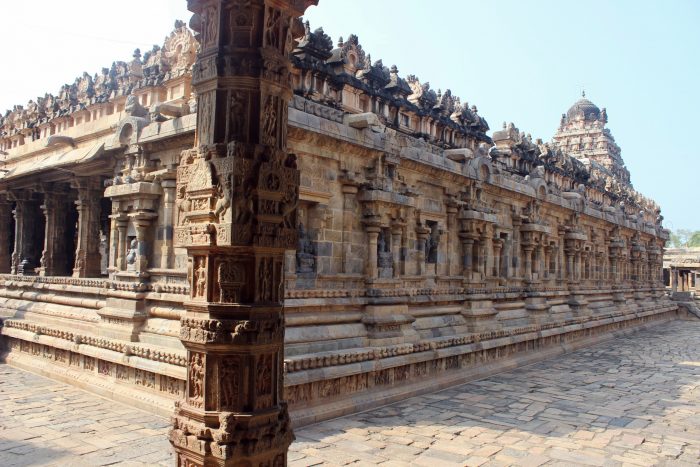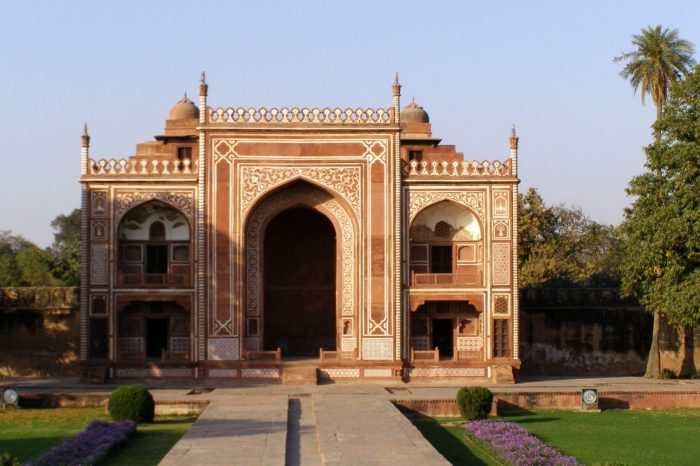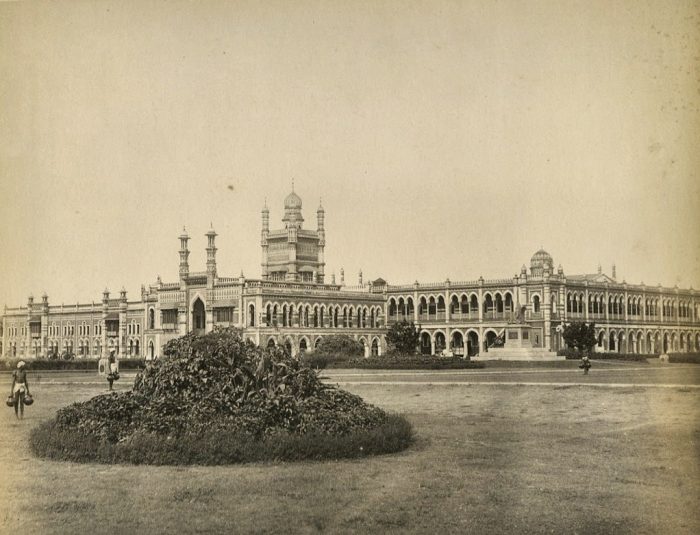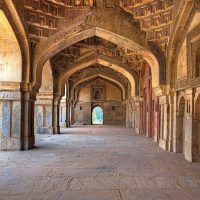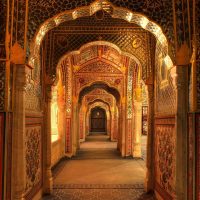Like most people, you probably have little knowledge of Indian architecture characteristics. India is considered home to thousands of different architectural characteristics and styles, and some refer to India’s architecture as old as civilization itself. It’s probably India’s highest artistic achievement, which produced a wide variety of buildings in different regions across the country.
Indian architecture has undergone several phases; The first Indian constructions were built of wood, followed by brick. There aren’t many examples of these old buildings still standing, especially wood ones, because of how harsh India’s environment is.
Then, stone architecture was introduced in the south during the sixth-century bc. Indian architects quickly attained high proficiency in carving and constructing stone structures. By the seventh century A.D., large, significant structures were frequently made of stone, which still exists in India today.
Most popular Indian architecture characteristics and styles:-
Indian architecture can be classified into four broad categories: Ashokan, Mauryan, Kushan, and Gupta.
Let’s explore each in detail:
1) Ashokan Architecture:
Ashokan architecture is the most popular style of architecture in India. It was developed during the reign of Emperor Ashoka, who ruled from 269 BC to 232 BC. The Ashokan period is a time of great prosperity and peace. The emperor Ashokan was a compassionate ruler who wanted to ensure his people were happy. The architecture of this period reflects the emperor’s desire for peace and affluence.
The pillars are one of the most distinctive features of this style. They are usually square or round and have a tapering pole with a capital and an abacus at the top. The pillars were typically made of stone and used to support the roof and provide stability for the building. The pillars were often used as gateways to temples or other structures and used inside buildings for decorative purposes.
2) Mauryan Architecture:
The Mauryan Empire, which ruled between 322 BC and 185 BC, was India’s first significant empire. The Mauryan architecture was an example of well-planned, systematic, and well-constructed designs which reflected the ascetic ideals of that time. Mauryan Architecture was based on Ashoka’s edicts, a collection of more than thirty inscriptions on the pillars, boulders, and cave walls, attributed to Emperor Ashoka of the Mauryan Empire. The major attraction of Mauryan architecture was its use of large staircases, which were designed with sculptures depicting scenes from the life of the Buddha. Another significant feature was the use of columns for the support of arches.
3) Kushan Architecture:
The Kushan Empire was considered one of the most influential empires in the world. It was established by King Kujula Kadphises in the 1st century C.E. and expanded to include much of Central Asia, India, and China. The Kushan Empire is known for its unique architecture that was characterized by a strong influence on Greek art. It was also marked by high columns, round arches, and a lotus capital. The most famous structures are the stupa at Sanchi and the temple at Jaugada.
Also read:- Paris Architecture: The Remodeling of a Demolished City into a Polished One
4) Gupta Architecture:
The Gupta Dynasty, ruled from the late 3rd to the 6th century A.D., was marked by the flourishing Hindu culture that borrowed elements from Buddhism, Jainism, and other Indian religions. During this period, Indian architecture peaked with the temples’ rise, and the building style development marked a departure from the traditional architectural norms. This building style consists of a square plan, with an elaborately decorated entrance and walls decorated with detailed carvings. Temples of this period were also known for their use of towers, domes, and minarets.
Most popular Indian architecture styles:-
Throughout history, India has seen several architectural styles that shaped its architectural history. In the following points, we’re breaking down four of the most important styles that left a significant mark in Indian architecture.
1) Temple Architecture:
Almost every region of ancient India saw the development of temple architecture. Temple architecture varies widely across the nation; this variation is mainly attributable to regional differences in geography, climate, race, ethnicity, language, and history. The three main architectural styles of ancient Indian temples are Nagara, the Northern style; Vesara, or Mixed style; and Dravida, or the Southern style.
Also read:- How Did Scandinavian Architecture Master Simplicity While Persisting Luxury?
2) Dravidian Architecture:
Thousands of years ago, the Dravidian architectural style first appeared in the southern part of the Indian subcontinent. Epic examples of Dravidian architecture may be seen in the buildings constructed by the native Dravidian inhabitants, generally referred to as Kovils. These Kovils rely on delicate stone carvings. These materials are essential for producing step-type designs that feature numerous statues of kings, priests, dancers, and warriors.
3) Mughal Architecture:
The Mughal architectural style is a distinctive combination of Islamic, Persian, and Indian characteristics. Mughal architecture thrived mainly in the Indian subcontinent from the 16th century to the early 18th century. The Mughals ruled over India during this time, and many emperors constructed some of the finest buildings in the country. Because of this architectural style, the country now boasts some of the most spectacular buildings, like the Taj Mahal in Agra, the Red Fort in Delhi, Akbar’s Tomb, Fatehpur Sikri, and the Red Fort.
4) Indo- Saracenic Revival Architecture:
The outstanding architectural engineering movement known as “Indo-Saracenic Revival architecture” or “Indo-Saracenic architecture” was created by British architects. This architectural style combines exotic Islamic and Indian architecture elements with neo-classical and Gothic revival elements from the British Victorian era. The Chepauk Palace, finished in 1768, is frequently cited as the first Indo-Saracenic construction.
We couldn’t talk about the characteristics of Indian architecture without mentioning their influential role in architectural arches. Arches are one of the most common architectural features in India. They are used in temples, tombs, palaces, and other buildings. We could find many types of arches in Indian monuments, such as in the Ellora Caves, which has a keystone arch made from a single stone, in Ajanta Caves, or in Khajuraho temples, which have a decorative design on their surface.
Other types of arches can be explored in India as the horseshoe, which has two curves on either side, usually used as an entrance to temples or other religious buildings because it symbolizes the gateway to heaven. The pointed arch, which has a triangle shape with one curve on either side, is typically used for windows or doorways as it symbolizes light coming into darkness. Finally, the round arch, which doesn’t contain curves on either side, was used as the pointed arch, serving the same symbolism.
Indian architecture is the oldest and richest in terms of variety. It has evolved over a long period and influenced many other cultures. With time, Indian architecture has also developed new styles and variations, making it one of the world’s most exciting and unique eye-appealing architectures.
The most frequent questions:-
What is the most famous architecture in India?
Undoubtedly, the Taj Mahal represents one of the most magnificent works of architecture in the globe, not just in India. It has served as the central figure of Indian architecture for many years.
Who is the father of Indian architecture?
Indian architect Balkrishna Vithaldas Doshi is the father of Indian architecture.He is a pioneer of modernist and brutalist architecture in India. He is a significant figure in India and is credited with helping the country's architectural culture advance.
What is modern Indian architecture?
The use of natural and alternative materials like bamboo, wood, stone, brick, mud, and clay has become more widespread in modern Indian architecture. The Lotus Temple in New Delhi is one of India's most well-known modern architectural works.


